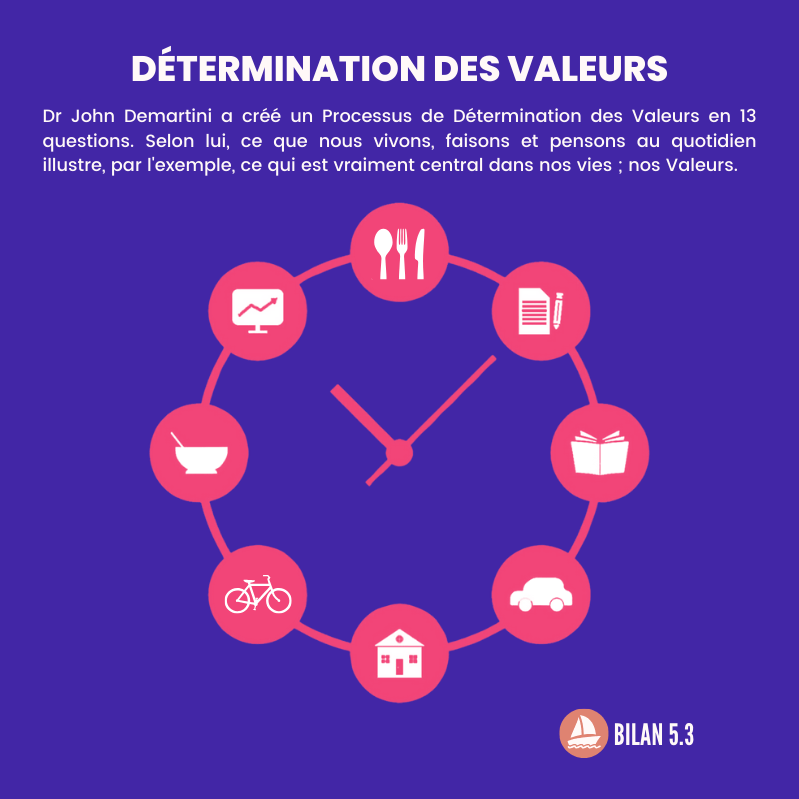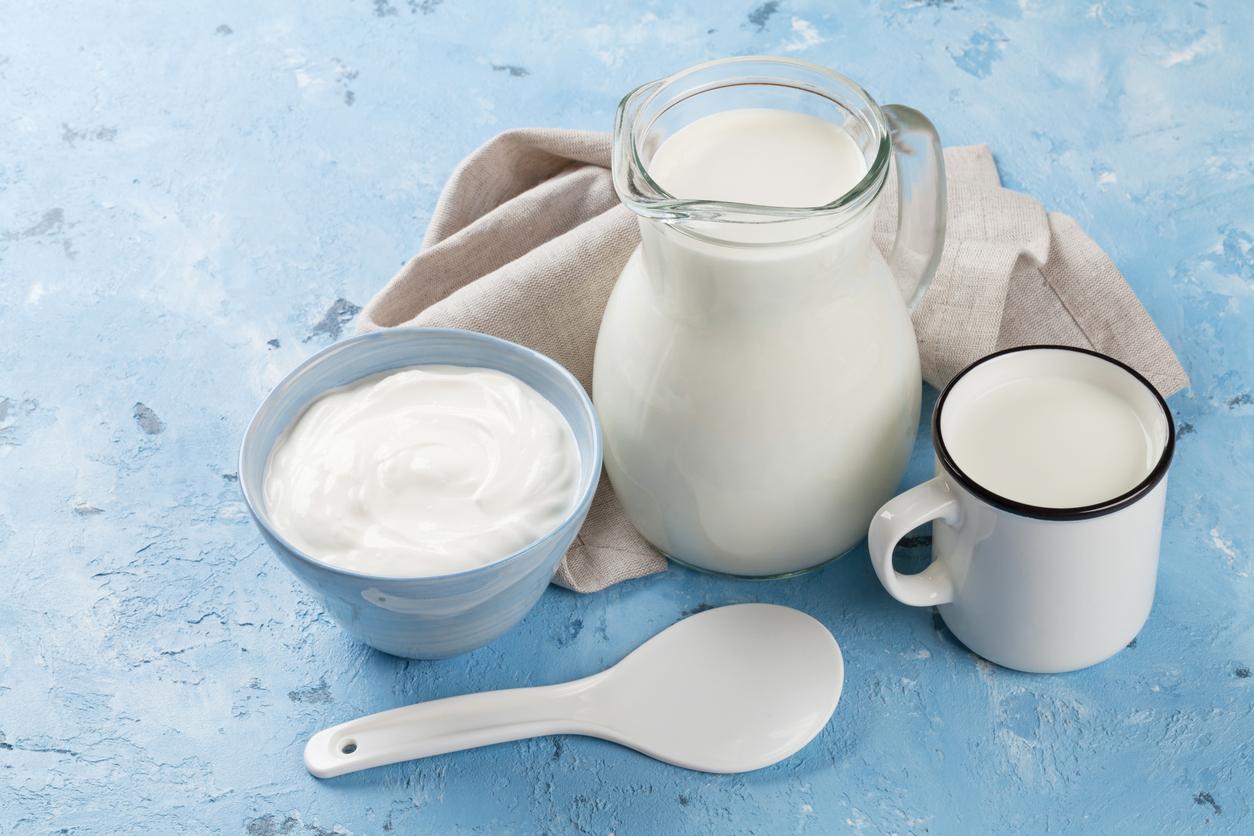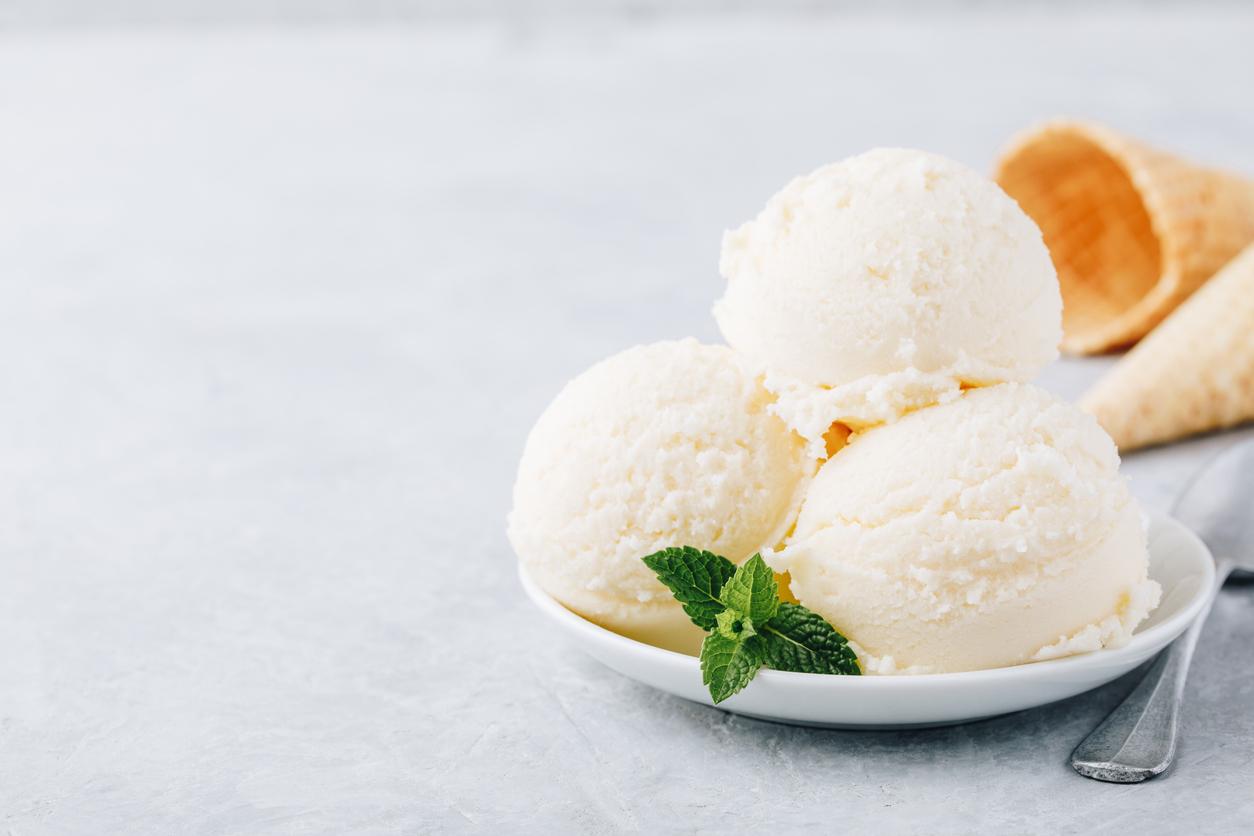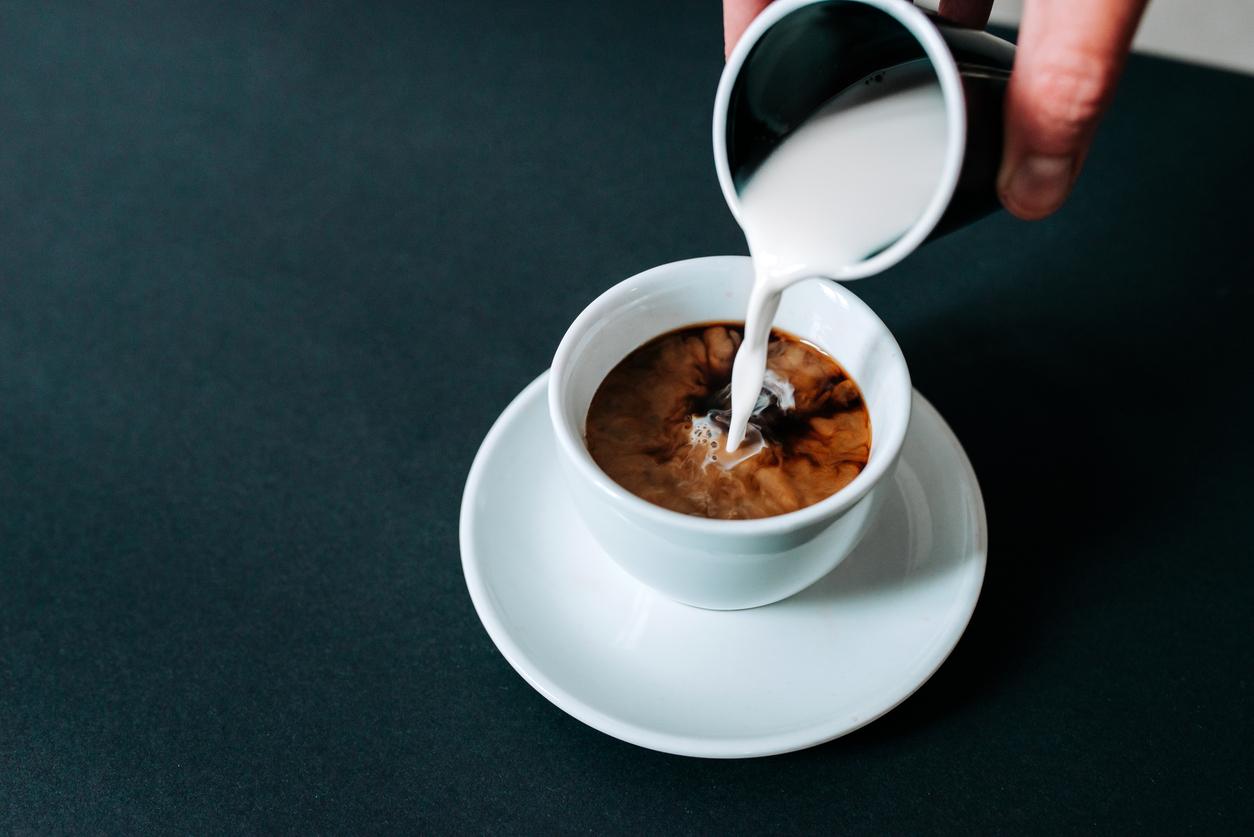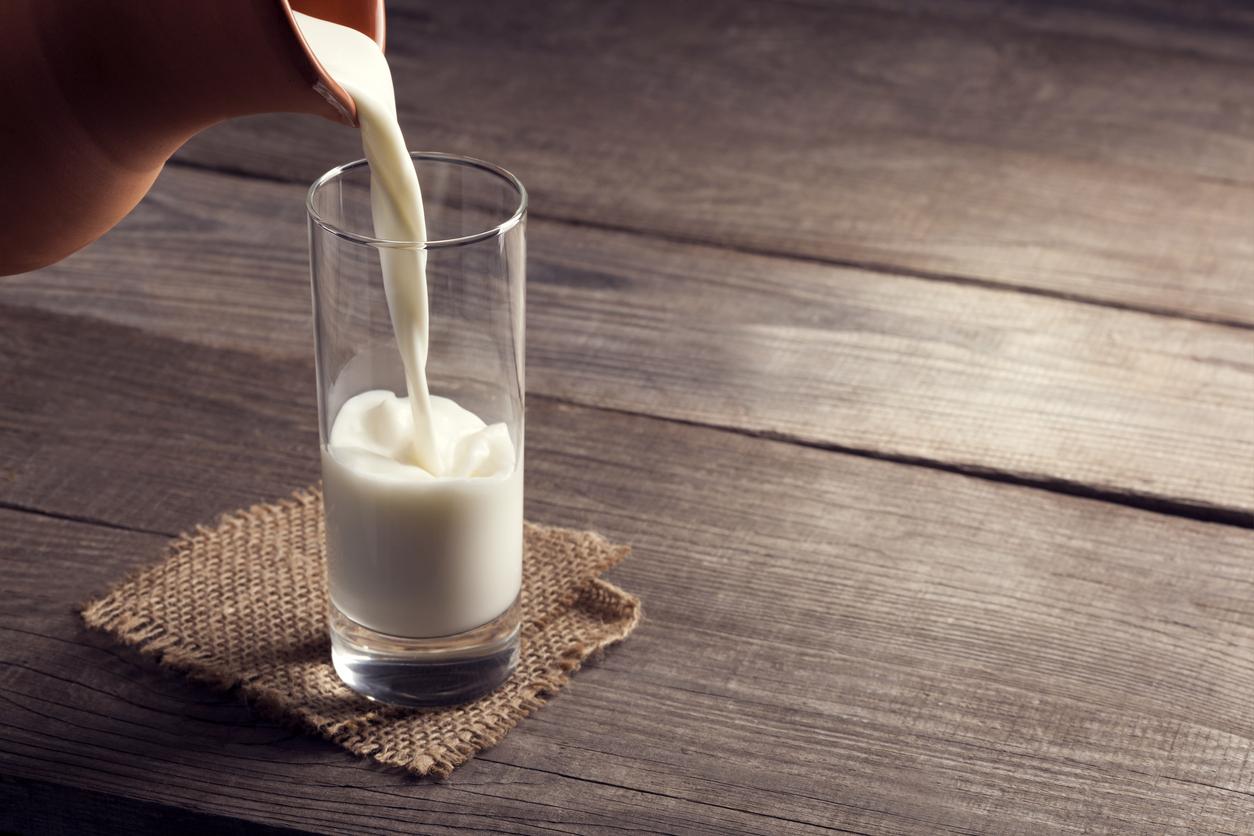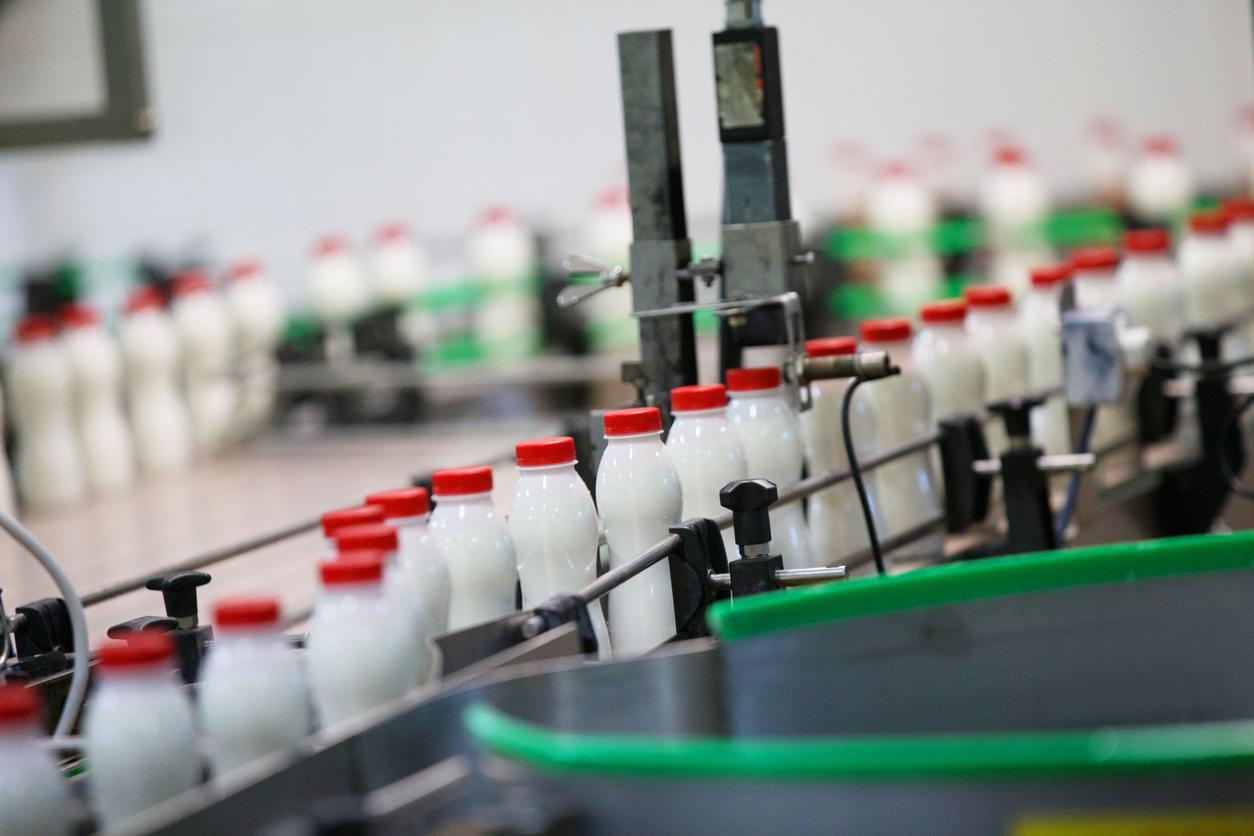
Alissa Hamilton and her controversial book
Alissa Hamilton wrote the book ‘Milk the White Sloper’. Why does she think milk is so bad?
‘Milk the white sloper‘ is the Dutch translation of the American book Got Milked, written by Canadian journalist Alissa Hamilton. We asked the author, among other things, why only the bad sides of milk are highlighted in her book.
1. Why did you write this book?
“My friend came to visit with her two-year-old son and she asked me with concern, ‘I’ve never given Oscar milk, isn’t that bad?’ She asked me because I am always very conscious about nutrition. Her question got me thinking. Why is milk so associated with health? And why does my friend ask this question, if her child is otherwise a good eater and completely healthy?”
2. What is your conclusion?
“My conclusion after writing the book: milk is not essential for good health. You can also eat healthy without milk. My second conclusion is that milk is promoted very strongly, especially in Canada and the United States. In ‘My Plate’ (similar to the Dutch Disc of Five) has been set aside for dairy. I find that remarkable, because there is no other food that gets a separate place. It would be better if dairy had a place in the box with other protein-rich products, such as meat, fish and eggs. Incidentally, this is the case in the Netherlands.
In addition, the milk promotion places a lot of emphasis on the calcium content in milk. As if there were no other sources of calcium in the diet! Dried herbs, nuts and green vegetables for example, can also contribute to the calcium supply. That may require a little more effort and you have to eat large amounts of vegetables, but it is possible.”
3. Why do you only highlight the negative sides of milk in your book?
“I did that on purpose. So much is already being said in the media about the ‘wonders of milk’. I also wanted to highlight the other side. The dairy industry is so strong in lobbying and marketing milk that there is more In my book, for example, I describe the calcium paradox: in countries where a lot of milk is drunk, many bone fractures and osteoporosis in front of. I realize that these are studies in which observations are made, and that the connection cannot therefore be established. The weak bones can also be caused by a lack of exercise, or by a deficiency of vitamin D. But I still find it strange that the calcium content in dairy is so hammered away.”
4. Have you also interviewed researchers for your book?
“No, I didn’t. I only drew from the scientific literature, from stories in the media and from experiences of friends and myself.”
5. There are also scientists who say that dairy is healthy. There are indications that children who receive full-fat dairy become less overweight and that dairy protects against diabetes. What do you think of that?
“Of course there are also studies that show the opposite. I’m not saying that milk doesn’t fit in a healthy diet. I think you can use a little dairy and I think everyone should make that choice for themselves. Preferably full-fat dairy. without additives such as sugar, cocoa or other flavorings And of course lots of vegetables, nuts, fruit and seeds. yogurt at my breakfast this morning!”
The book Milk the white sloper is about milk promotion and consumption in America. In the Netherlands we have different advice and guidelines. The Nutrition Center follows the advice of the Health Council. Where the Health Council has not made any statements, the Nutrition Center takes into account the scientific consensus and Dutch eating habits. In the Netherlands, dairy falls within the category ‘Eiwitten’, together with meat, fish and meat substitutes. The guideline is about 500 milliliters of dairy per day for adults.








